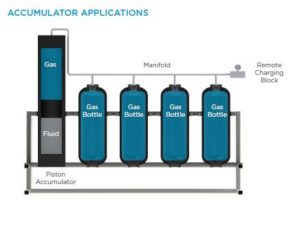I get that you can't dive on light tanks do to suddenly having a lift bag at the end of your dive.
But why can't we wrap steel tanks with carbon fiber and go to 5000PSI or 6,000PSI?

 steelheadcomposites.com
steelheadcomposites.com
I know cave divers go to 4000PSI already, without issues as far as I have seen.
But why can't we wrap steel tanks with carbon fiber and go to 5000PSI or 6,000PSI?

Composite Pressure Vessels - Steelhead Composites
Steelhead Composites compressed gas cylinders offer a variety of gas storage options perfect for many weight-sensitive and mobile applications. These lightweight composite cylinders can allow more economical transportation of compressed industrial gas and gaseous fuel from point A to point B.
I know cave divers go to 4000PSI already, without issues as far as I have seen.



